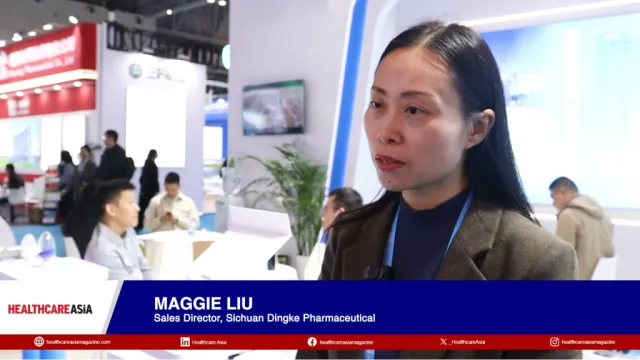
What factors drive the global premature ejaculation treatment market?
One key trend is nanotechnology.
The rising prevalence of premature ejaculation (PE) is driving the market to experience notable expansion, projected to rise by $1.46b by 2028 at a compound annual growth rate of 8.78%, said Technavio.
The condition, characterised by the inability to control ejaculation during sexual intercourse, is influenced by psychological and biological factors, such as anxiety, hormonal imbalances and inherited traits.
Meanwhile, the introduction of advanced treatments, strategic partnerships, regulatory approvals, and ongoing clinical trials are further driving the sector’s growth.
However, PDE-5 inhibitors, including tadalafil, sildenafil, and vardenafil, commonly used off-label for PE, suffer from low bioavailability and systemic side effects like facial flushing, headache, nasal congestion, and dyspepsia.
“To address these challenges, nanotechnology-based drug delivery systems are being explored for improved efficacy and reduced side effects in the treatment of premature ejaculation,” the report said.
Moreover, telemedicine and digital health platforms are emerging as potential solutions to travel restrictions and resource shortages limiting treatment access.
“Combination therapies, including medications and behavioural therapies, are also being explored,” it added.



















 Advertise
Advertise





